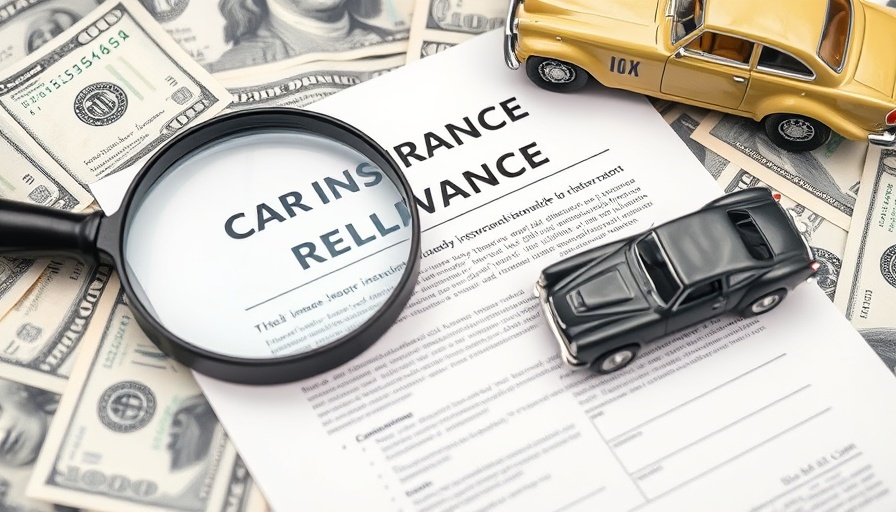
Understanding the Landscape of Dangerous Driving Cities
Driving can often feel like a daily lottery, especially in the most congested urban regions across the United States. A recent analysis by Allstate sheds light on the riskiest spots to navigate, revealing that Boston tops the list as the most dangerous driving city. With drivers averaging just three years between crashes, the stakes are high for those behind the wheel.
The Financial Impact of Driving in Dangerous Cities
For drivers in these hazardous areas, the financial repercussions are severe. Boston drivers face an average annual full-coverage insurance cost of $3,540, influenced significantly by the city's accident rate. This marks an 84% increase in insurance costs compared to other areas. Baltimore, while statistically safer, presents a shocking reality for drivers, who contend with the highest insurance costs at around $7,008 per year. These soaring costs can dramatically affect both consumers and car dealerships, as potential buyers face tough decisions about their vehicle purchases and financing options in light of insurance burdens.
What Makes Certain Cities More Dangerous?
Congestion is a vital factor. Major urban centers on the coasts, such as Washington, D.C., Baltimore, and Oakland, are particularly prone to accidents due to high traffic volumes and complex driving conditions. The lack of public awareness and stringent driving regulations in these cities may further exacerbate these issues, leading to more frequent accidents and increased insurance rates. For dealership owners, it’s crucial to understand these dynamics and how they influence consumer behaviors and preferences.
Comparative Safety: The Other Side of the Coin
On a brighter note, research identifies safer cities like Brownsville, Texas, where drivers enjoy a staggering average of 14 years between crashes. Such cities boast lower insurance premiums, primarily due to less congested streets and more responsible driving habits. Understanding this trend can help automotive businesses tailor their marketing strategies, appealing to consumers seeking affordable options amidst high costs in riskier areas.
Practical Tips for Car Dealership Owners
As a car dealership owner or general manager, staying informed about these market conditions is essential. Offering tailored automotive training that addresses the unique challenges faced by consumers in high-risk areas can enhance customer relations and drive sales. Offering resources like automotive classes online or automated online courses can further equip your team to guide customers through the complexities of buying and financing vehicles in a fluctuating environment.
Conclusion: Adapt and Prosper
In a market where the risks of driving and insuring vehicles differ so vastly, dealerships that stay ahead of trends by adapting their sales tactics and educational offerings have the advantage. The automotive industry must innovate in how they train employees and engage customers amidst these challenges. For more information on how to better adapt your dealership to these shifts in consumer behavior and insurance costs, call: (860) 707-9125.
 Add Row
Add Row  Add
Add 




Write A Comment